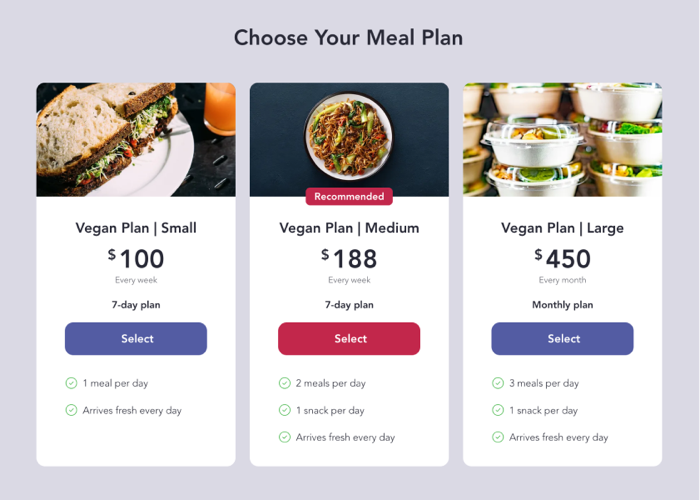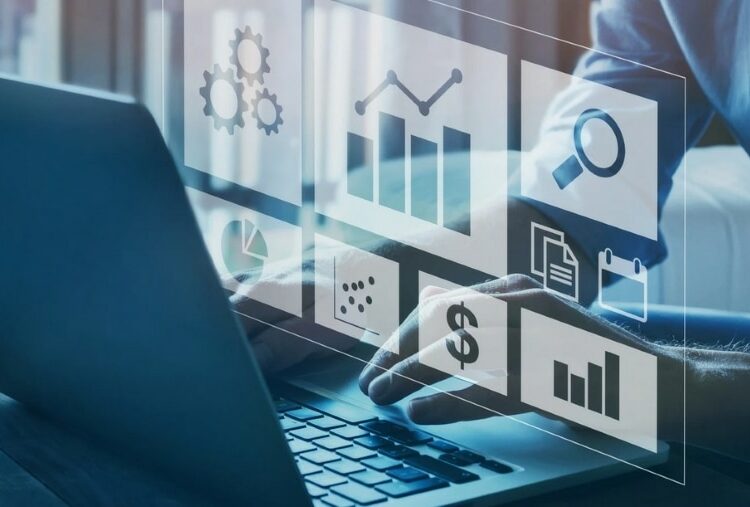In today’s digital landscape, businesses rely heavily on email marketing to connect with their audiences. However, crafting effective email campaigns that reach inboxes and drive results can be a complex challenge. SendGrid, a leading email service provider, offers a comprehensive platform designed to simplify and streamline the email marketing process for developers, empowering them to build engaging and impactful campaigns.
Toc
- 1. The Power of SendGrid Email Marketing
- 2. Integrating SendGrid into Your Applications
- 3. Optimizing Email Campaigns with SendGrid
- 4. Related articles 01:
- 5. Ensuring Email Deliverability and Avoiding the Spam Folder
- 6. Email Testing for a Perfect Email Experience
- 7. Optimizing Your Email Strategy with SendGrid
- 8. Related articles 02:
- 9. Frequently Asked Questions
- 10. Conclusion
SendGrid email marketing provides developers with access to advanced features that make it easier to implement email marketing strategies that not only reach their audience but also resonate with them. As technology evolves, the importance of email marketing remains steadfast. It’s a powerful tool for businesses of all sizes, providing a direct line of communication with customers.
The Power of SendGrid Email Marketing
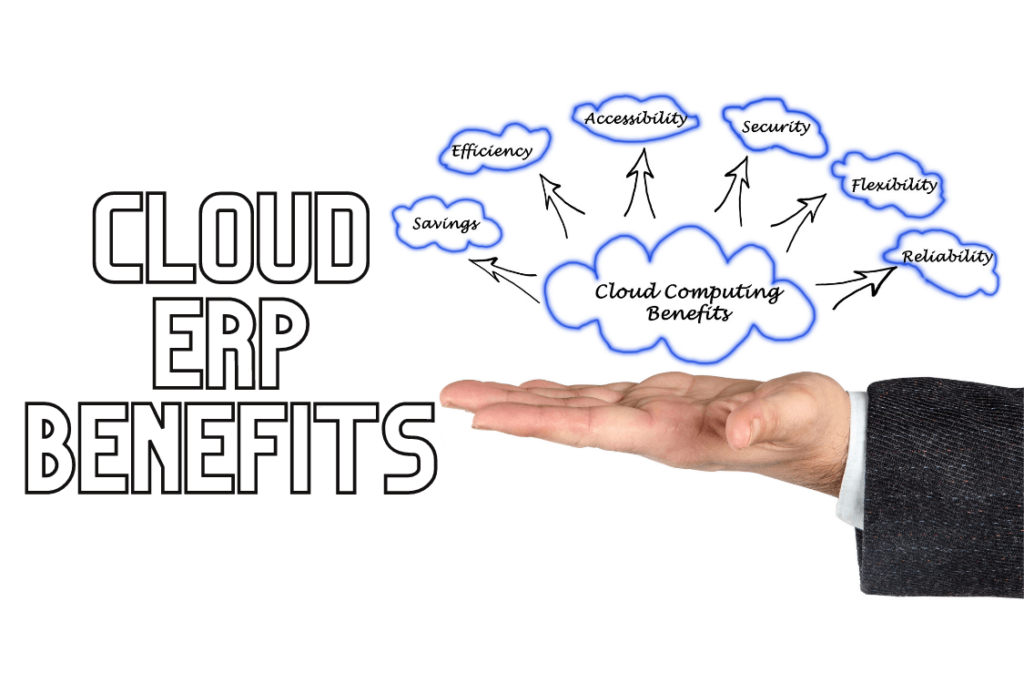
Understanding SendGrid’s Email Marketing Platform
SendGrid’s email marketing platform is designed with developers in mind, offering a suite of features that cater to both transactional and marketing email needs. By leveraging its robust API, developers can integrate email functionalities directly into their applications, allowing for a seamless user experience. SendGrid’s platform goes beyond simply sending emails; it provides a comprehensive suite of tools designed to streamline and optimize every aspect of your email marketing strategy.
Overview of SendGrid’s Features
- API: The backbone of SendGrid’s service, enabling developers to send emails, manage mailing lists, and track email statistics with ease. SendGrid’s API is designed for flexibility, allowing developers to choose the method that best suits their needs. They can use REST API calls directly or leverage SendGrid’s SDKs for various programming languages like Python, Node.js, PHP, Java, Ruby, and more. This choice allows for a tailored approach, ensuring developers can integrate email functionality seamlessly into their existing applications.
- Transactional Emails: These are crucial for user engagement, including password resets, order confirmations, and account notifications.
- Marketing Emails: Designed for promotional purposes, these emails can include newsletters, product updates, and targeted campaigns.
- Deliverability Tools: Ensuring that emails reach the intended recipients’ inboxes is vital. SendGrid offers features like dedicated IP addresses, email authentication (SPF, DKIM, and DMARC), and email content filtering to improve deliverability. These tools help maintain a strong sender reputation and ensure emails reach the intended recipients’ inboxes. For instance, using dedicated IP addresses can help prevent your emails from being flagged as spam by ISPs, as they are associated with a specific sender and have a proven track record. Email authentication protocols like SPF and DKIM validate the sender’s identity, making it harder for malicious actors to spoof your emails. SendGrid also provides tools to monitor email engagement metrics like open rates, click-through rates, and bounce rates, enabling you to identify and address potential deliverability issues proactively.
- Testing Tools: Comprehensive testing capabilities ensure that emails render correctly across devices and clients, and help identify potential spam triggers.
Benefits of Using SendGrid
The advantages of using SendGrid for email marketing are numerous:
- Scalability: Whether you’re a startup or a large enterprise, SendGrid can scale with your needs, handling high volumes of emails without compromising performance.
- Reliability: With a proven track record, SendGrid is trusted by companies worldwide to deliver their emails reliably and securely.
- Ease of Integration: The RESTful API and extensive SDK support make it easy for developers to integrate SendGrid into their applications, regardless of the programming language.
- Comprehensive Solutions: From transactional to marketing emails, SendGrid offers a full suite of features that cover all aspects of email marketing.
While SendGrid offers a comprehensive platform with a wide range of features, some developers might find its pricing structure complex or its learning curve steep. Alternatives like Mailgun or Mailchimp offer simpler pricing plans and user interfaces, which might be more suitable for smaller businesses or individuals with less technical expertise.
Target Audience for SendGrid
SendGrid caters to a diverse audience, including:
- Developers: Who need robust email functionality integrated into their applications.
- Marketing Professionals: Seeking effective tools for executing email campaigns and measuring their success.
- Businesses: Looking to enhance customer engagement and drive conversions through targeted email marketing strategies.
Integrating SendGrid into Your Applications
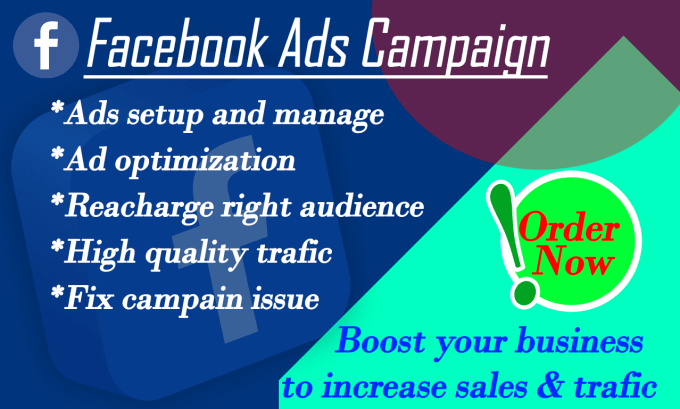
SendGrid API: A Flexible and Scalable Solution
At the heart of SendGrid’s offering is its flexible and scalable API, which provides developers with a powerful gateway to a wide range of email functionalities. The RESTful architecture of the SendGrid API allows for easy integration, enabling developers to quickly implement features such as sending emails, managing mailing lists, and tracking email statistics.
Getting Started with the SendGrid API
- Create an Account: Sign up for a SendGrid account to gain access to the API key.
- Obtain API Key: Generate an API key from the SendGrid dashboard, which will be used to authenticate requests.
- Choose Your Language: SendGrid supports various programming languages, including Python, PHP, Node.js, and Ruby. Select the appropriate SDK for your project.
- Send Your First Email: Utilize the SDK or make a direct API call to send your first email, following the documentation provided by SendGrid.
SDKs and Libraries: Simplifying Integration
To further streamline the integration process, SendGrid offers a wide range of software development kits (SDKs) and libraries for popular programming languages. These tools abstract the complexity of the API, allowing developers to quickly and easily incorporate SendGrid’s email functionalities into their applications, reducing development time and ensuring seamless integration.
Benefits of Using SDKs
- Time-Saving: SDKs come with pre-built functions that save time on coding.
- Reduced Complexity: Simplifies the process of making API calls, handling errors, and managing responses.
- Comprehensive Documentation: SendGrid provides detailed documentation for each SDK, making it easier for developers to implement the required features.
Webhooks: Real-Time Notifications for Enhanced Control
Leveraging SendGrid’s webhook capabilities, developers can receive real-time notifications about crucial email events, such as sending, opening, clicking, and bouncing. By integrating these webhooks into your application, you can trigger automated actions based on these events, enhancing your user experience and maintaining a high level of control over your email communications.
Implementing Webhooks
- Setup Endpoint: Create an endpoint in your application to receive webhook notifications.
- Configure Webhooks in SendGrid: In the SendGrid dashboard, set up your webhook URL to point to the endpoint you created.
- Handle Events: Implement logic in your application to handle the incoming webhook events, allowing you to automate responses based on user interactions with your emails.
Optimizing Email Campaigns with SendGrid

1. https://langdongtamhon.blog/finding-the-right-search-engine-marketing-agency-for-your-business/
2. https://langdongtamhon.blog/mass-sms-marketing-a-comprehensive-guide-for-small-businesses/
3. https://langdongtamhon.blog/optimizing-marketing-and-advertising-for-small-business-growth-in-2024/
4. https://langdongtamhon.blog/business-marketing-degree-a-guide-for-prospective-students/
5. https://langdongtamhon.blog/unlock-your-potential-with-an-online-marketing-masters-degree/
Mastering Transactional Emails
Transactional emails are essential for maintaining user trust and providing critical information. They are triggered by user actions and include messages like password resets, account confirmations, and purchase receipts. SendGrid’s platform is designed to help developers build reliable and efficient transactional email systems.
Best Practices for Transactional Email Development
- Clear Subject Lines: Use concise and descriptive subject lines that clearly communicate the purpose of the email.
- Relevant Content: Ensure the email content is directly related to the user’s action to maintain relevance and engagement.
- Call-to-Action (CTA): Include clear and actionable CTAs that guide users on what to do next.
- Email Hygiene: Implement proper sender authentication and maintain a clean mailing list to enhance deliverability.
Leveraging Marketing Emails for Targeted Engagement
While transactional emails are essential for maintaining user trust, marketing emails can be a powerful tool for driving targeted customer engagement and conversions. SendGrid’s marketing email features enable developers to reach their target audience with relevant content, promotions, and updates.
Segmentation and Personalization To maximize the effectiveness of your marketing email campaigns, segment your email list based on user interests, behaviors, and preferences. For example, you could segment your email list based on customer demographics, purchase history, or website activity. You could then send personalized emails to each segment with tailored content and offers. If a customer recently purchased a product, you could send them an email promoting related accessories or a discount on their next purchase. This personalized approach can significantly increase engagement and conversions. SendGrid provides features that allow you to personalize email content and deliver more relevant messages to each specific segment, increasing the likelihood of engagement and conversions.
A/B Testing for Optimization
Continuous optimization is key to the success of any marketing email strategy. SendGrid’s A/B testing capabilities enable developers to experiment with different subject lines, email content, and call-to-actions, helping them identify the most effective variations for their target audience.
Implementing A/B Testing
- Choose Variables: Select the elements you want to test, such as subject lines or email layouts.
- Create Variants: Develop different versions of the email to send to your audience.
- Analyze Results: Use SendGrid’s analytics tools to measure the performance of each variant and determine which one resonates best with your audience.
Ensuring Email Deliverability and Avoiding the Spam Folder
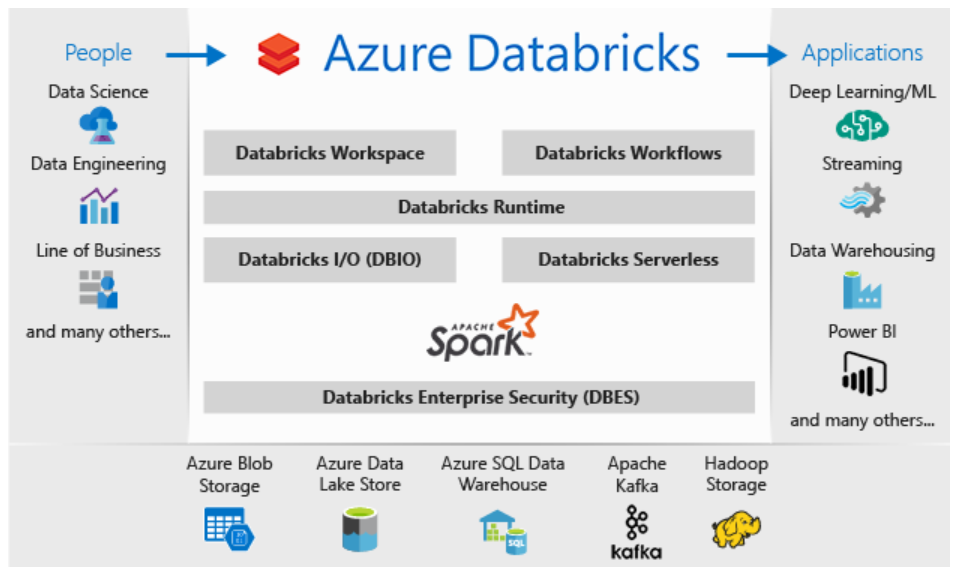
Sender Reputation: Building Trust with ISPs
Maintaining a strong sender reputation is crucial for ensuring that your emails reach their intended recipients. SendGrid equips you with powerful tools to cultivate a strong sender reputation, ensuring your emails are welcomed by ISPs and reach the inboxes of your intended recipients. SendGrid’s platform offers features to help you build and maintain a positive reputation with internet service providers (ISPs), such as using dedicated IP addresses and implementing effective email hygiene practices.
Building and Maintaining Sender Reputation
- Authenticate Your Emails: Implement SPF, DKIM, and DMARC authentication protocols to verify your identity as a sender.
- Monitor Engagement Metrics: Keep an eye on open rates, click-through rates, and bounce rates to gauge engagement.
- Regularly Clean Your Mailing List: Remove inactive subscribers and bounced email addresses to maintain a healthy list.
Email Authentication: Verifying Your Identity
Implementing email authentication protocols like SPF, DKIM, and DMARC is essential for verifying the identity of your email sender and preventing spoofing. While email authentication protocols like SPF, DKIM, and DMARC are crucial for verifying sender identity and enhancing deliverability, they can be complex to implement and manage. Some smaller businesses or individuals might find these protocols challenging to configure, potentially leading to issues with email delivery. However, SendGrid simplifies the process by providing tools and documentation to guide users through the setup and maintenance of these protocols.
Email Content Optimization: Avoiding Spam Triggers
In addition to authentication, the content of your emails plays a crucial role in deliverability. SendGrid’s best practices can help you avoid common spam triggers, such as using excessive exclamation points, all-caps text, or misleading subject lines, ensuring that your emails reach your recipients’ inboxes.
Email Testing for a Perfect Email Experience
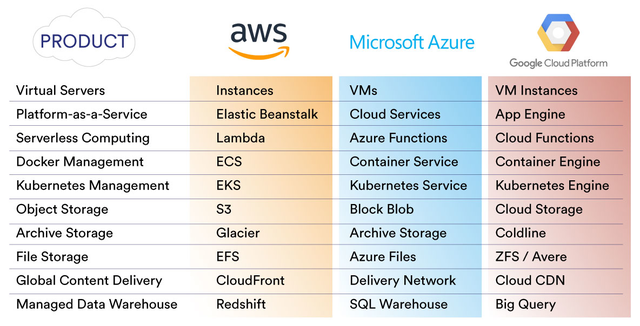
Types of Email Testing
Comprehensive email testing is a vital component of any successful email marketing strategy. SendGrid offers a suite of tools to help developers ensure the quality and effectiveness of their email campaigns. This includes render testing, spam testing, and A/B testing.
SendGrid’s Email Testing Tools
- Email Preview Feature: Allows you to see how your email will render in different clients and devices before sending.
- Spam Checker: Identifies potential spam triggers in your email content, helping you make necessary adjustments.
- A/B Testing Capabilities: Facilitates testing different versions of your emails to determine which performs best.
Optimizing Your Email Strategy with SendGrid
Automation and Triggered Emails
SendGrid’s automation tools allow you to set up triggered email sequences based on user actions, such as welcome messages, abandoned cart reminders, and post-purchase follow-ups. This level of automation can help you nurture your leads and customers more effectively, driving increased engagement and conversions.
Detailed Analytics and Reporting
SendGrid’s comprehensive analytics and reporting suite provides developers with a deep understanding of their email performance. From open rates and click-through rates to conversion metrics and deliverability data, these insights can inform your decision-making and help you continuously optimize your email campaigns.
Integration with Other Platforms
SendGrid seamlessly integrates with a wide range of popular tools and platforms, including CRMs, eCommerce platforms, and marketing automation software. By connecting your email efforts with other aspects of your business, you can create a more holistic and effective marketing strategy.
1. https://langdongtamhon.blog/optimizing-marketing-and-advertising-for-small-business-growth-in-2024/
2. https://langdongtamhon.blog/business-marketing-degree-a-guide-for-prospective-students/
3. https://langdongtamhon.blog/mass-sms-marketing-a-comprehensive-guide-for-small-businesses/
4. https://langdongtamhon.blog/unlock-your-potential-with-an-online-marketing-masters-degree/
5. https://langdongtamhon.blog/finding-the-right-search-engine-marketing-agency-for-your-business/
SendGrid’s Commitment to Security and Privacy
With growing concerns over data privacy and security, SendGrid emphasizes email authentication protocols like SPF, DKIM, and DMARC to ensure the legitimacy of emails and prevent spoofing. These protocols help build trust with ISPs and recipients, enhancing deliverability and protecting user data. SendGrid also complies with industry standards like GDPR and CCPA, ensuring that user data is handled responsibly and securely.
Frequently Asked Questions

Q: What are the different pricing plans for SendGrid?
A: SendGrid offers a variety of pricing plans based on your email volume and specific needs. You can find detailed information on their website.
Q: How can I integrate SendGrid with my existing application?
A: SendGrid provides comprehensive documentation, SDKs, and tutorials to guide you through the integration process. You can find detailed instructions on their website.
Q: What are some best practices for writing effective email subject lines?
A: Use clear, concise, and engaging subject lines that highlight the value proposition of your email. Avoid using spam triggers like excessive exclamation points or all-caps text.
Q: How can I improve my email deliverability and avoid landing in the spam folder?
A: Follow SendGrid’s best practices for sender reputation, email authentication, and content optimization to ensure your emails reach recipient inboxes.
Q: What are the different types of email testing available with SendGrid?
A: SendGrid offers various email testing tools, including render testing, spam testing, and A/B testing, to help you evaluate your email content, design, and performance.
Conclusion
SendGrid’s email marketing platform empowers developers to create seamless, targeted, and high-performing email campaigns that drive real results. By leveraging SendGrid’s comprehensive features, seamless integration capabilities, and advanced deliverability tools, developers can unlock new levels of user engagement, enhance their application’s success, and stay ahead in the competitive digital landscape.
Take the first step towards mastering email marketing with SendGrid today. Explore their website, dive into the resources, and start building impactful email campaigns that captivate your audience and propel your business forward. With the right strategies and tools, you can transform your email marketing efforts and achieve significant growth in user engagement and conversions. Embrace the power of SendGrid and elevate your email marketing to new heights!

